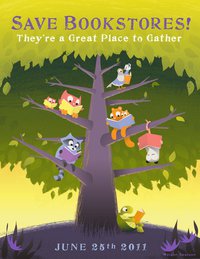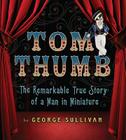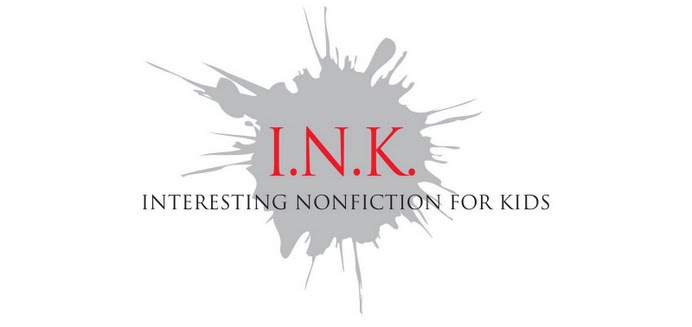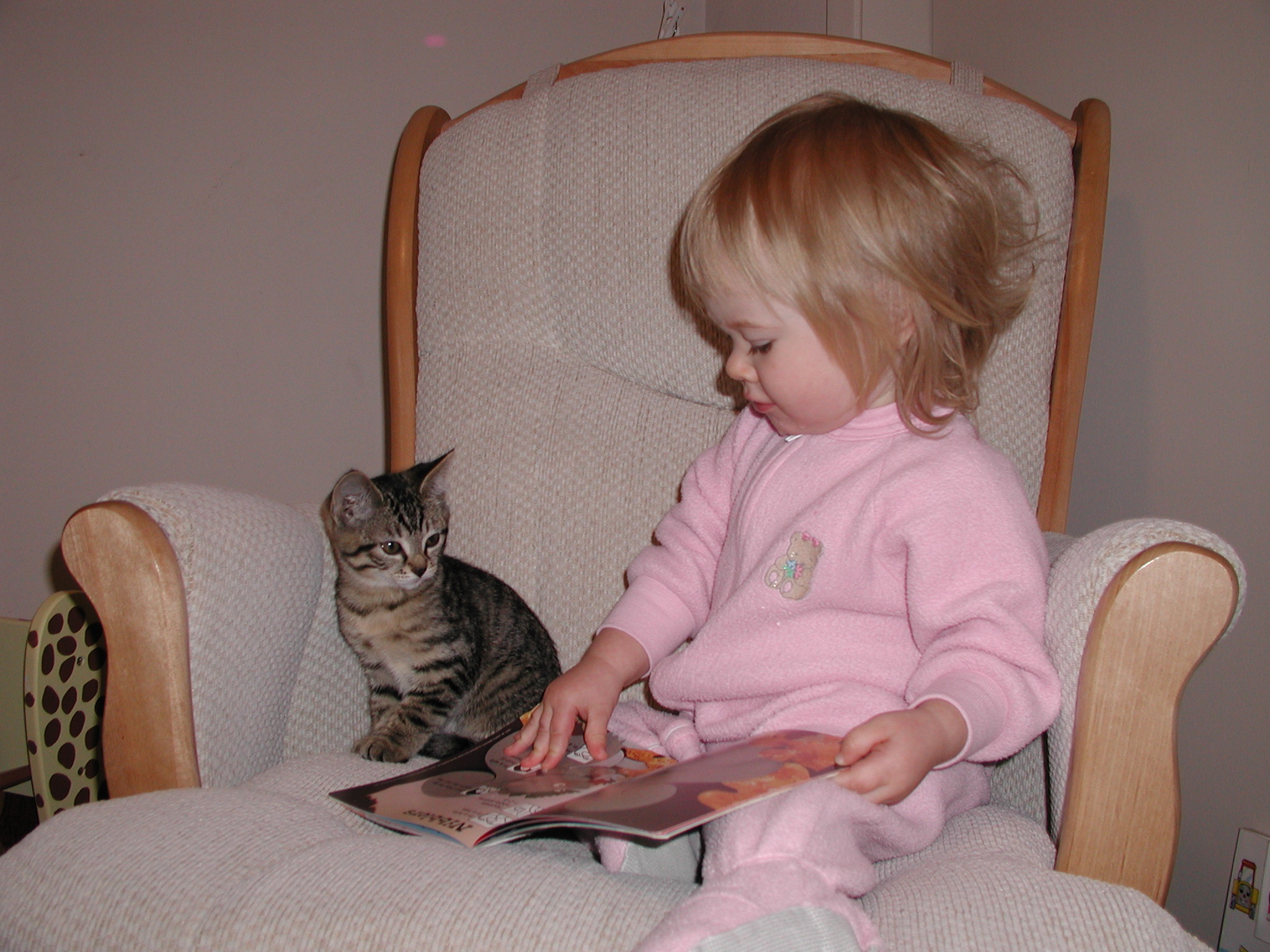We had an all too rare sunny summer day yesterday, so the family and I walked to the library (mostly to drop off oodles of books), and then we went shopping at our local independend bookstore in honor of Save Bookstores Day. My daughter was consumed by a book we had just bought at the Friends of the Library used bookstore (hopefully that counts–save libraries, too!). My husband was consumed by afternoon nap and sunshine. So, the two of them sat outside together in the sun doing their things while the boy and I went into University Book Store. I love hanging out in there. They have a great children’s department!
After much deliberation (the boy is decision-impaired), we settled first on:

This nonfiction series published by Kingfisher (called the Basher series, after the common illustrator and creator) includes topics in science, math, the arts, and language arts, and each one we add to our collection holds both kids enthralled. Each one is a paper “Facebook” of what’s what in the given subject, treating each topic as a character and listing its behavior and vital statistics. They’re perfect for boys, because they feel like those game cards (Pokeman, Bakagan, Yu-Gi-Oh, and whatever else) with the stats, short descriptions, and fun art. They’re perfect for girls because they make abstract concepts characters, and suddenly we care about them (stereotypical, I know, but it sure works for my daughter and me). Highly recommended! I know our family will be buying many more.
Then, he picked out:

This one is similar in feel to the ‑ology books from Candlewick, which he loves. A hit, and no nightmares. Yay!
Can I just pause to say how proud I am of my nonfiction-loving boy? *smile*
Finally, I bought myself this nifty shirt:
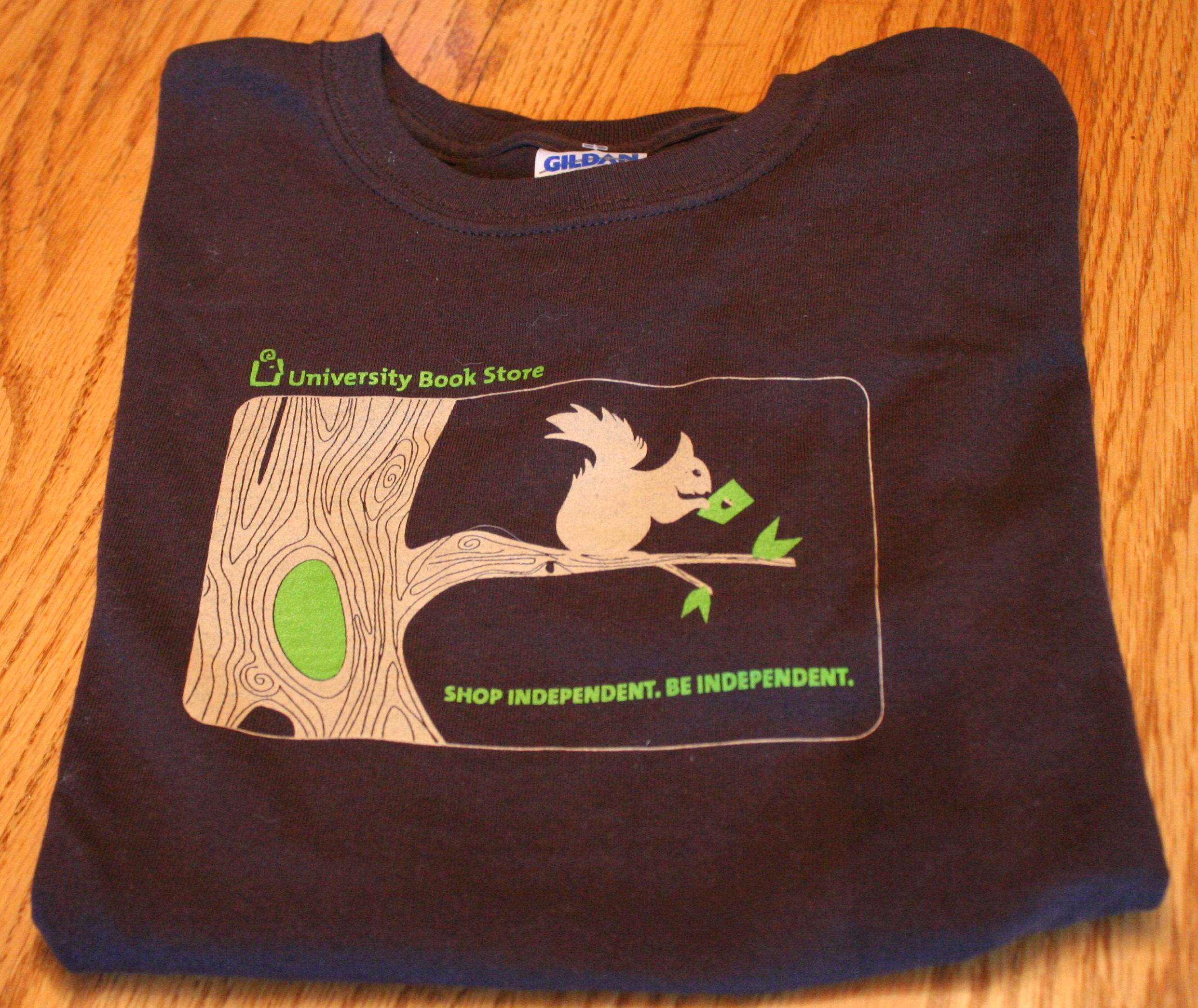
I think it’ll be perfect to where to KidLitCon in September, which I’m already signed up for. Are you?
The kids were too busy reading to walk back home again without face-planting somewhere along the way, so we all hopped on the bus back home.
Did you make it out for Save Bookstores Day? What did you buy?

